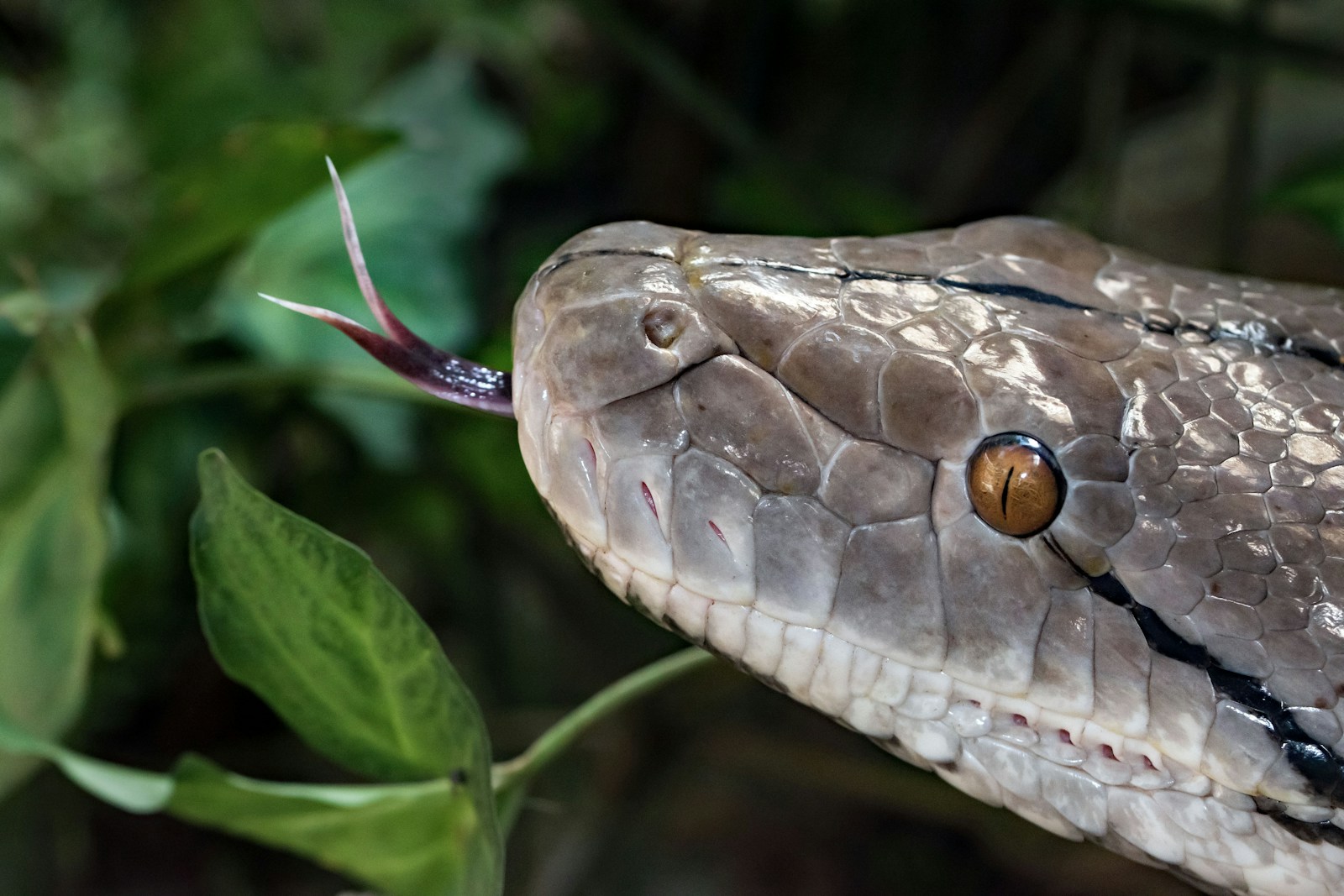Tropical snake species have evolved in environments where humidity is consistently high, making proper humidity management essential for their health in captivity. Unlike desert species that thrive in arid conditions, tropical snakes such as Ball Pythons, Emerald Tree Boas, and Amazon Tree Boas require carefully regulated moisture levels to maintain proper respiratory function, successful shedding, and overall wellbeing. Without appropriate humidity, these magnificent creatures can develop serious health complications including respiratory infections, incomplete sheds, and dehydration. This comprehensive guide will walk you through everything you need to know about monitoring and maintaining ideal humidity levels for your tropical snake companions, ensuring they thrive in their artificial habitats just as they would in their natural environments.
Understanding Humidity Requirements for Tropical Snake Species
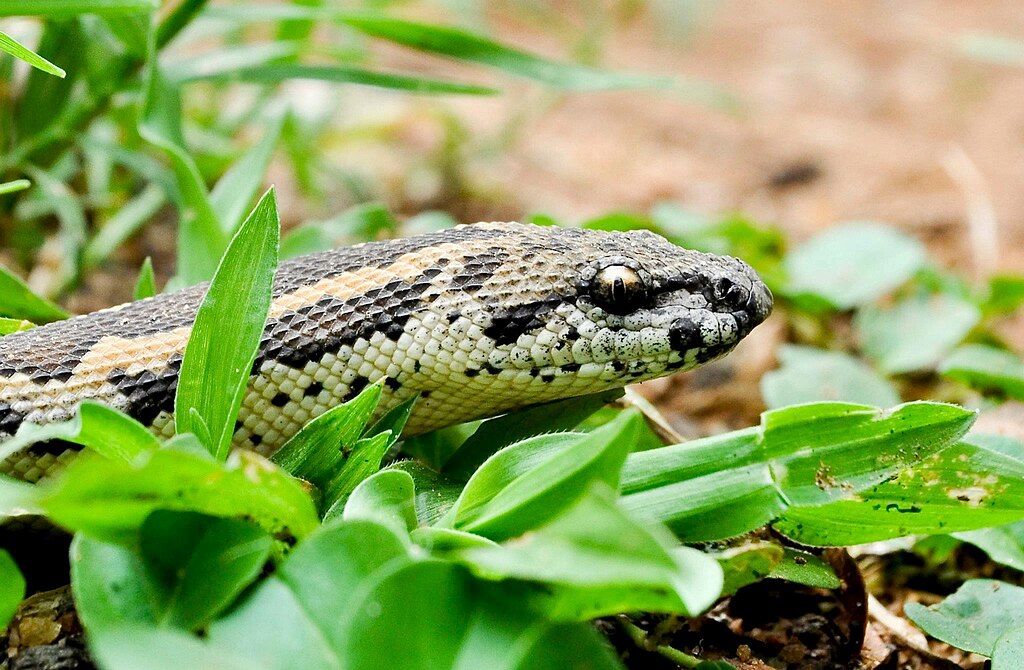
Tropical snake species typically require humidity levels ranging from 60% to 80%, with some species needing even higher levels approaching 90%. These requirements directly reflect the natural rainforest and jungle habitats these snakes evolved in, where consistent moisture from rainfall and dense vegetation creates a perpetually humid microclimate. Species like the Brazilian Rainbow Boa may require humidity levels of 80-90%, while Ball Pythons typically need around 60-70% humidity. Understanding the specific needs of your snake species is the crucial first step in proper husbandry, as requirements can vary significantly even among tropical species. Always research the native habitat and specific humidity requirements of your particular snake to ensure you’re providing optimal conditions for their health.
The Consequences of Improper Humidity Levels
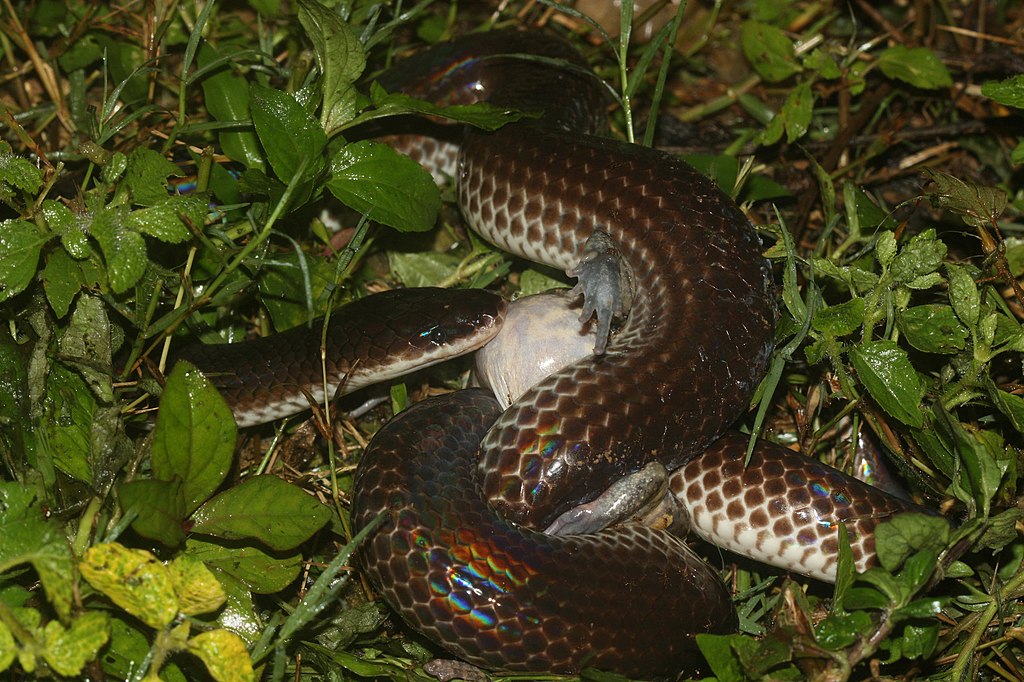
Maintaining incorrect humidity levels can lead to serious health complications for tropical snake species. When humidity is too low, snakes commonly experience difficult or incomplete sheds, where pieces of old skin remain stuck to their bodies, potentially causing constriction injuries if not addressed promptly. Respiratory infections are another common consequence of improper humidity, with symptoms including wheezing, excess mucus, and open-mouth breathing. Consistently low humidity can lead to dehydration, while excessively high humidity without proper ventilation can create conditions for bacterial and fungal growth, potentially leading to scale rot and other serious infections. The stress caused by inappropriate environmental conditions can also suppress the immune system, making snakes more susceptible to various diseases and reducing their overall lifespan.
Essential Humidity Monitoring Tools

Effective humidity monitoring requires reliable tools designed specifically for terrarium environments. Digital hygrometers provide the most accurate readings and are essential for any tropical snake enclosure, with many modern options featuring remote monitoring capabilities allowing you to check levels via smartphone apps. Analog hygrometers, while less precise, can serve as backup systems but should not be your primary monitoring method due to their tendency to drift in accuracy over time. For advanced keepers, automated monitoring systems that connect multiple sensors throughout the enclosure can provide comprehensive data on humidity gradients. When purchasing humidity monitoring equipment, prioritize models designed specifically for terrariums rather than household hygrometers, as these are calibrated for the unique conditions of reptile enclosures and typically feature more robust sensors designed to withstand the high-humidity environment.
Placing Humidity Sensors for Accurate Readings

The strategic placement of humidity sensors is crucial for obtaining reliable readings that reflect your snake’s actual microenvironment. Position your primary hygrometer in the middle area of the enclosure, approximately at the same height where your snake spends most of its time, avoiding areas directly above water dishes or immediate proximity to misting nozzles which could provide falsely elevated readings. For larger enclosures, consider using multiple sensors to monitor humidity gradients between the warm and cool sides of the habitat. Avoid placing sensors in corners or directly on the substrate where condensation might affect readings. Most importantly, ensure sensors are securely mounted where your snake cannot dislodge them, but positioned where you can easily read the display without disturbing the animal.
Creating Humidity Gradients in Your Enclosure
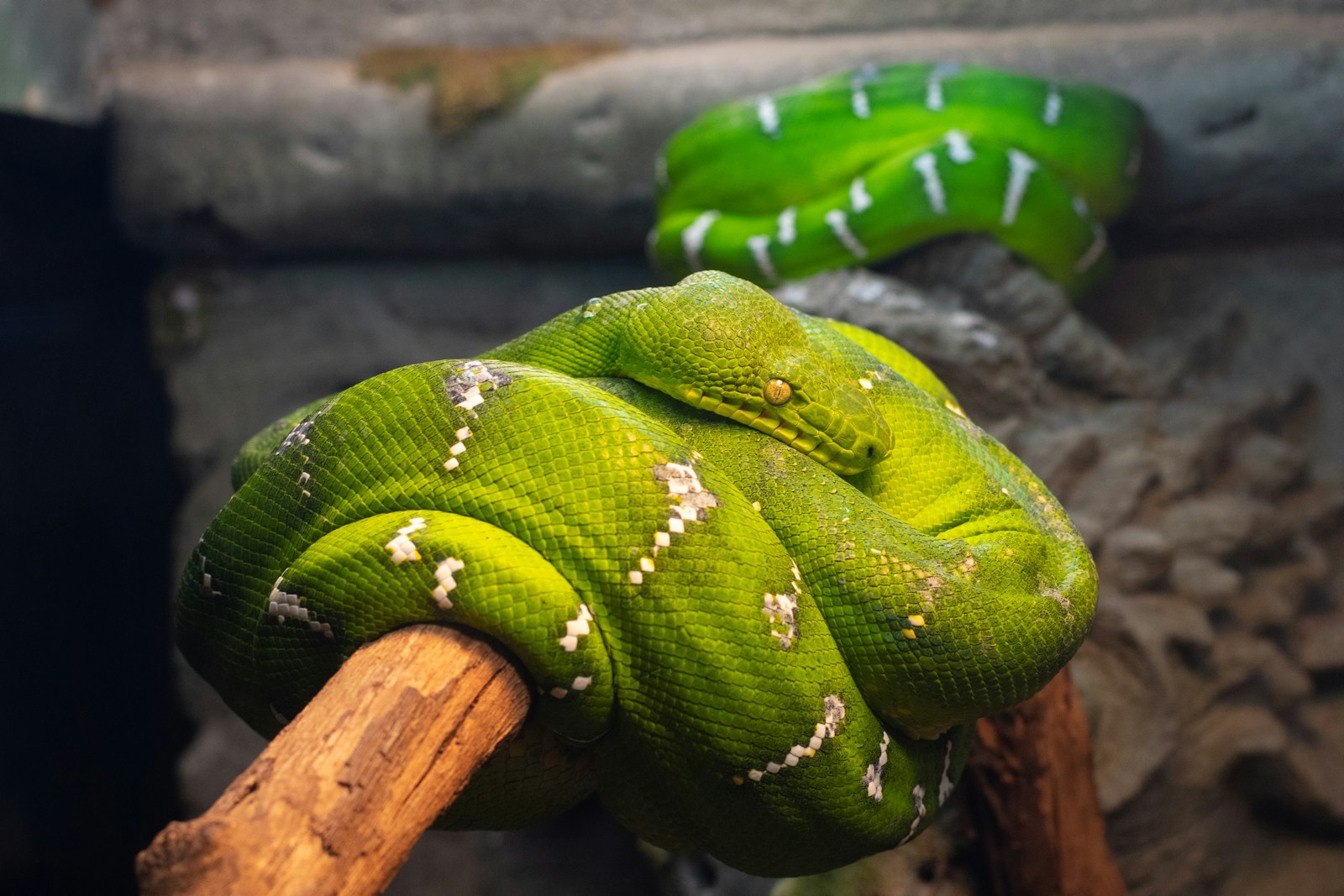
Rather than maintaining uniform humidity throughout the enclosure, creating a humidity gradient provides your snake with options to self-regulate its exposure to moisture. This can be accomplished by concentrating moisture-retaining elements like sphagnum moss or dampened substrate in specific areas, particularly within hides on the cooler side of the enclosure. The warm side can remain slightly drier, mimicking the natural variations snakes would encounter in the wild as they move between sunny clearings and shaded, damper areas of the forest floor. This environmental complexity not only better replicates natural conditions but also reduces the risk of related health issues by allowing the snake to choose its preferred microclimate. When implementing humidity gradients, monitor your snake’s behavior to ensure it’s utilizing different areas of the enclosure appropriately.
Substrate Choices for Humidity Management
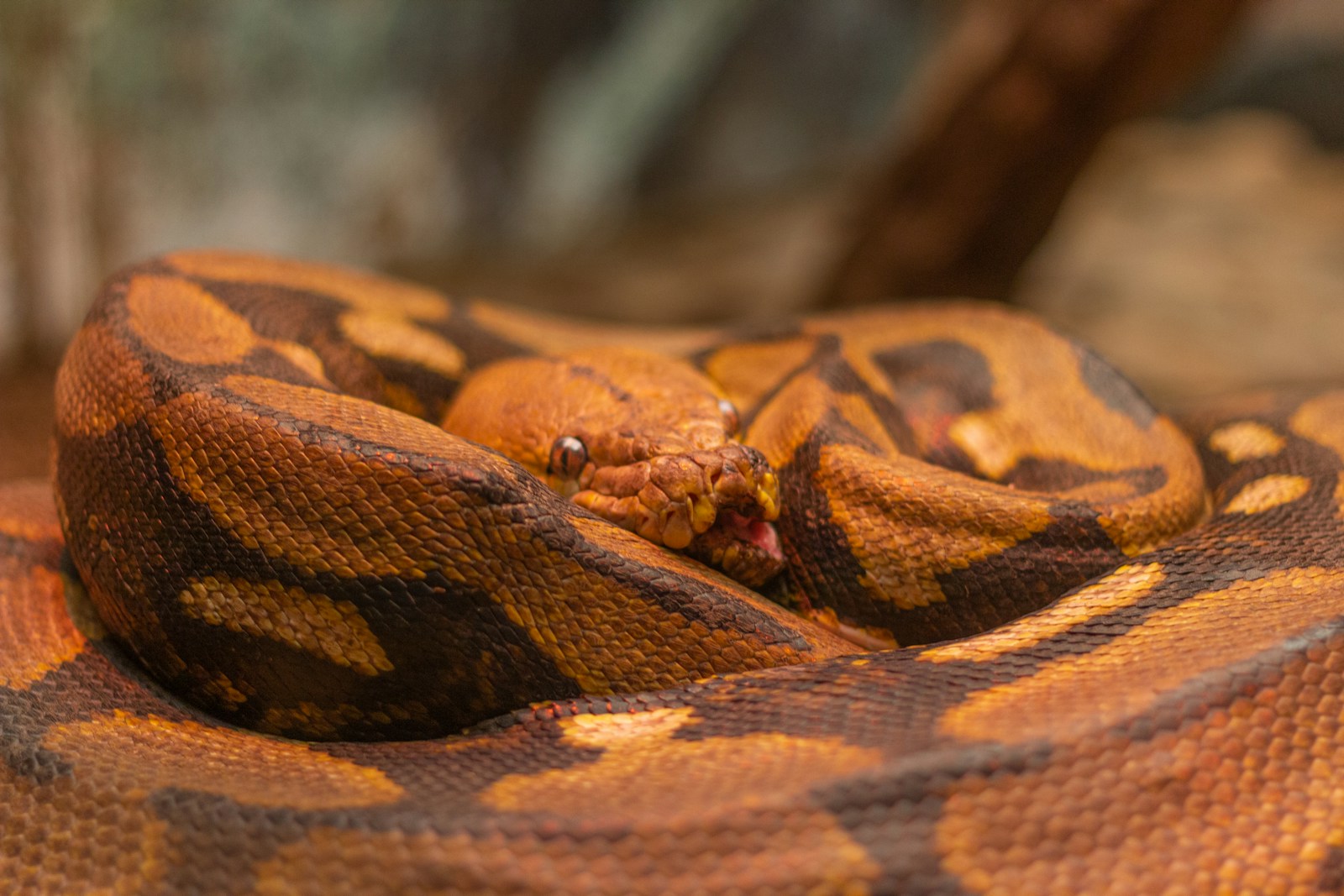
The substrate you choose plays a fundamental role in maintaining appropriate humidity levels for tropical snake species. Moisture-retaining substrates like cypress mulch, coconut husk (coir), and orchid bark excel at holding humidity while resisting mold growth when properly maintained. These substrates can be misted directly to increase ambient humidity and create a reservoir of moisture that releases gradually into the air. Avoid cedar and pine substrates, which contain harmful oils that can damage your snake’s respiratory system. For species requiring extremely high humidity, consider bioactive setups with live plants that naturally contribute to the water cycle within the enclosure. The depth of substrate also matters – a deeper layer of 2-4 inches allows for better moisture retention and gives your snake opportunities to burrow and regulate its exposure to humidity.
Misting Techniques and Schedules
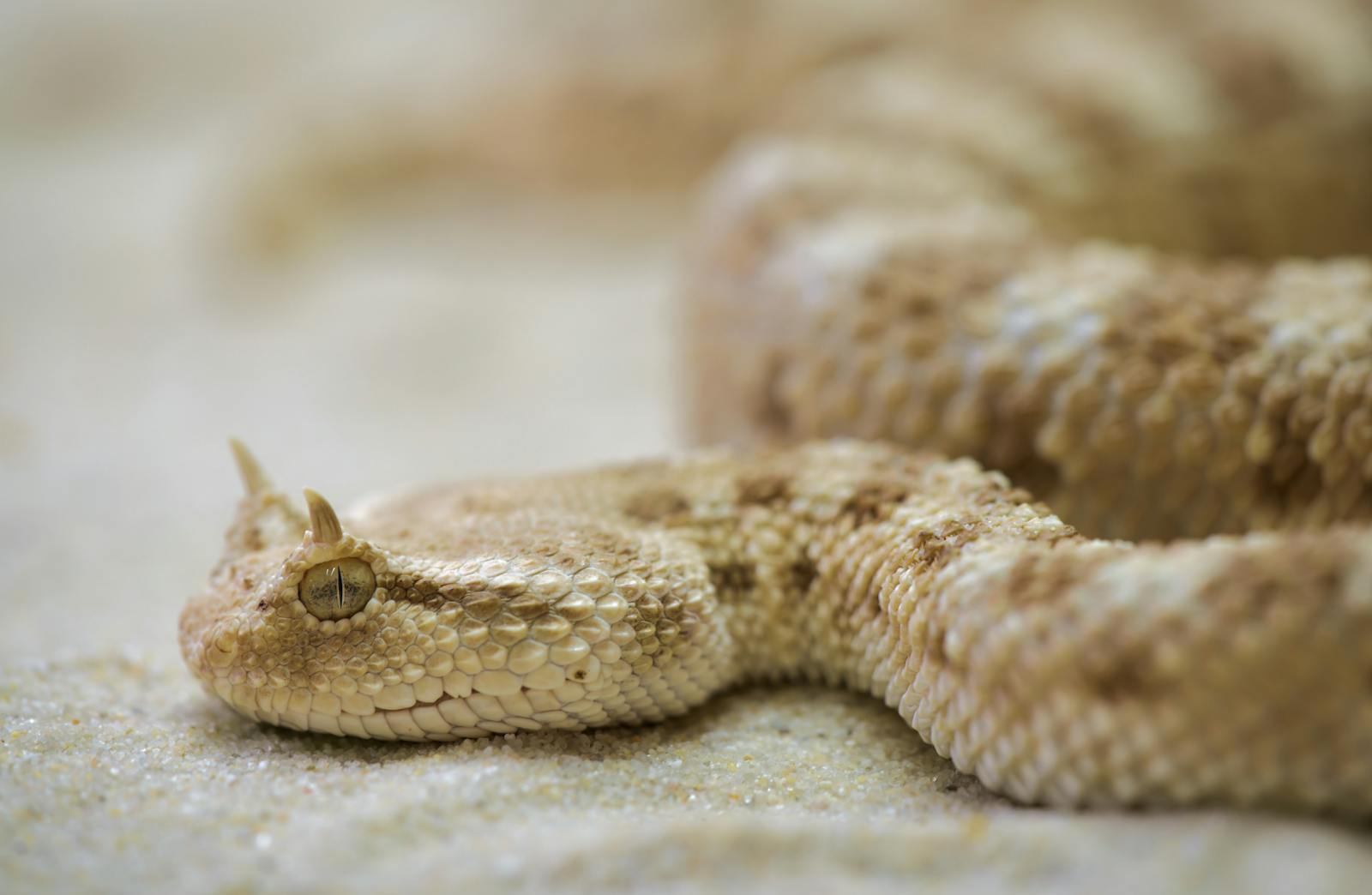
Regular misting is a primary method for maintaining humidity levels in tropical snake enclosures, but technique and timing matter significantly. Using a quality pressure sprayer allows for a fine mist that elevates humidity without soaking the enclosure, which is preferable to crude methods like pouring water directly onto surfaces. Establish a misting schedule based on your specific enclosure conditions and snake species requirements, typically ranging from once daily to several times per week. Many keepers find that misting in the evening helps maintain higher overnight humidity, mimicking natural rainfall patterns in tropical regions. For more precise control, automated misting systems can be programmed to dispense specific amounts of water at scheduled intervals, providing consistency especially for species with stringent humidity requirements like Amazon Basin Emerald Tree Boas.
Water Features and Their Impact on Humidity
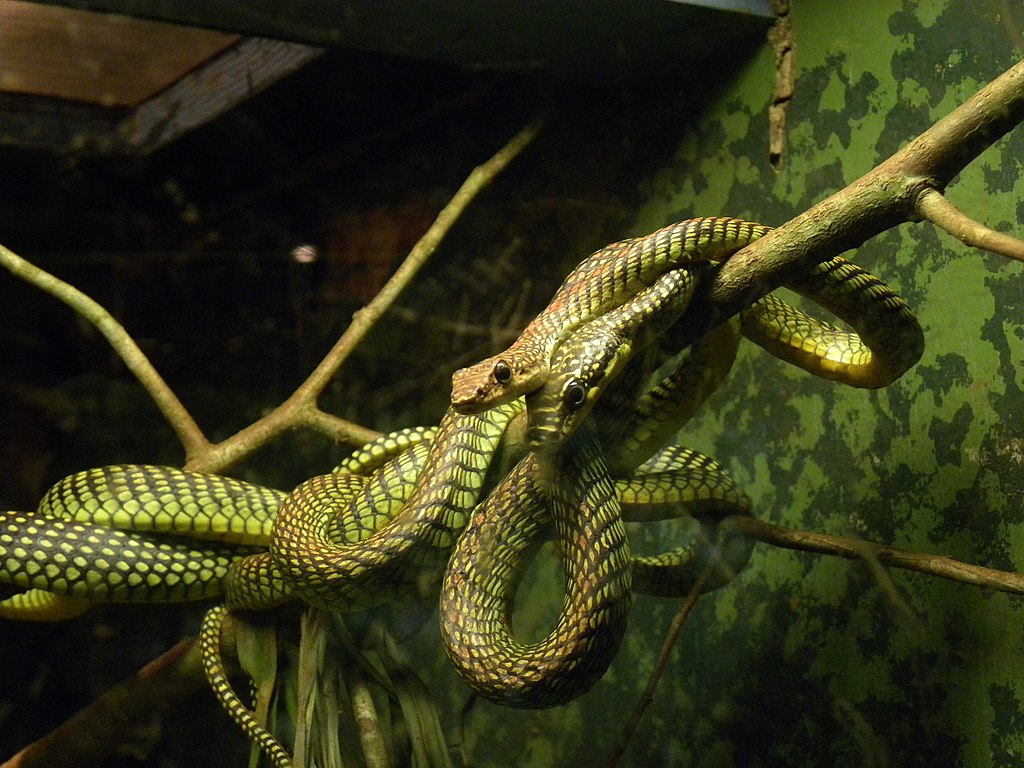
Incorporating water features into your tropical snake’s enclosure can significantly contribute to ambient humidity through natural evaporation. Large water bowls provide a steady source of evaporative moisture, with larger surface areas contributing more effectively to overall humidity levels. For more elaborate setups, recirculating waterfalls or drip systems not only enhance humidity but also provide enrichment and drinking opportunities for arboreal species that rarely descend to floor-level water dishes. When implementing water features, ensure they’re designed to prevent overflow or excessive splashing that could create overly wet conditions in localized areas. Also consider that water features alone rarely provide sufficient humidity for high-requirement species, so they should be viewed as complementary to other humidity maintenance methods rather than the primary solution.
Ventilation Considerations for Balanced Humidity
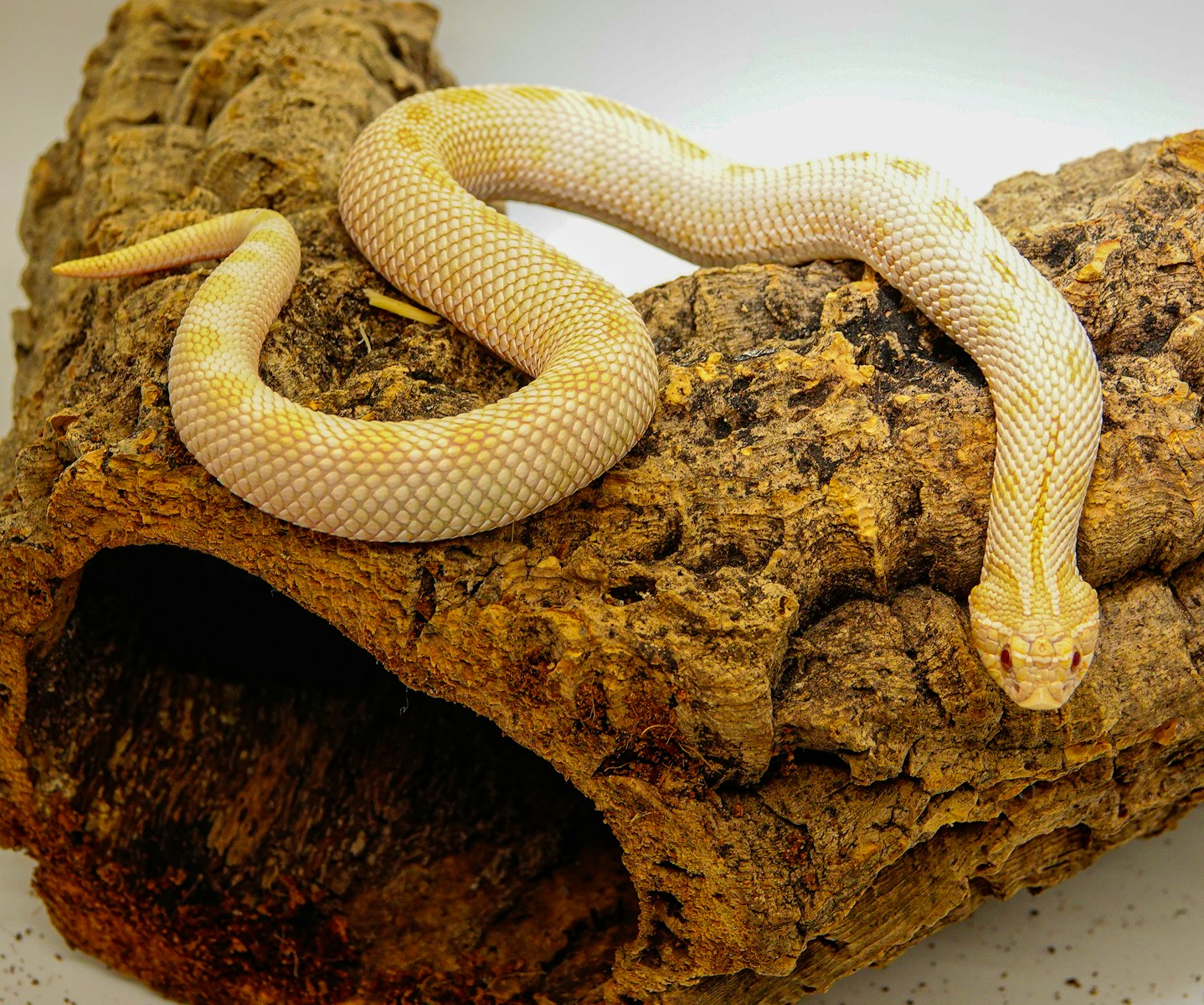
Proper ventilation is the critical counterbalance to humidity maintenance, preventing the stagnant air conditions that can lead to bacterial and fungal growth. Strategic ventilation allows excess moisture to escape while maintaining appropriate humidity levels, with the ideal arrangement featuring both low and high ventilation points to create natural air circulation. Glass terrariums with screen tops often provide excessive ventilation for tropical species, requiring partial coverage of the screen with acrylic panels or humidity-retaining materials. Conversely, plastic enclosures may require additional ventilation holes to prevent condensation buildup. The challenge lies in finding the perfect balance where humidity remains at target levels while air remains fresh. This balance will vary based on your home’s ambient conditions, requiring regular monitoring and adjustments, particularly when seasons change.
Seasonal Adjustments to Humidity Management
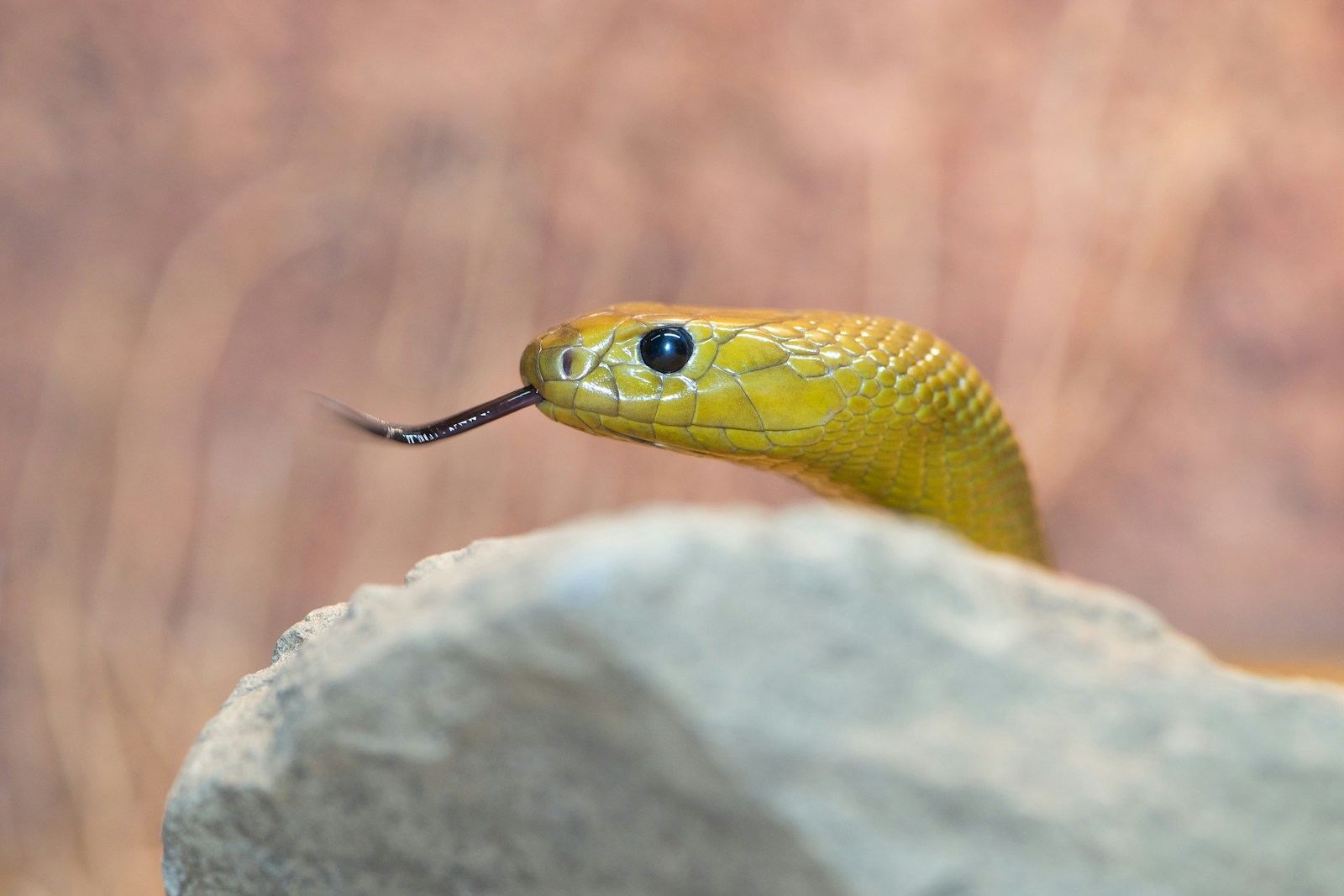
Seasonal changes in your home environment necessitate adjustments to your humidity management strategies throughout the year. During winter months when indoor heating systems typically reduce ambient humidity, you may need to increase misting frequency, add additional water sources, or cover more ventilation areas to maintain appropriate levels for your tropical snake. Conversely, summer months often bring naturally higher humidity in many regions, potentially requiring less intervention or even increased ventilation to prevent excessive moisture buildup. Seasonal transitions are critical periods for vigilant monitoring, as rapid changes in ambient conditions can catch keepers off guard and temporarily stress your snake if not properly managed. Creating a seasonal husbandry calendar with adjusted maintenance routines can help ensure consistent conditions despite external environmental fluctuations.
Troubleshooting Common Humidity Problems
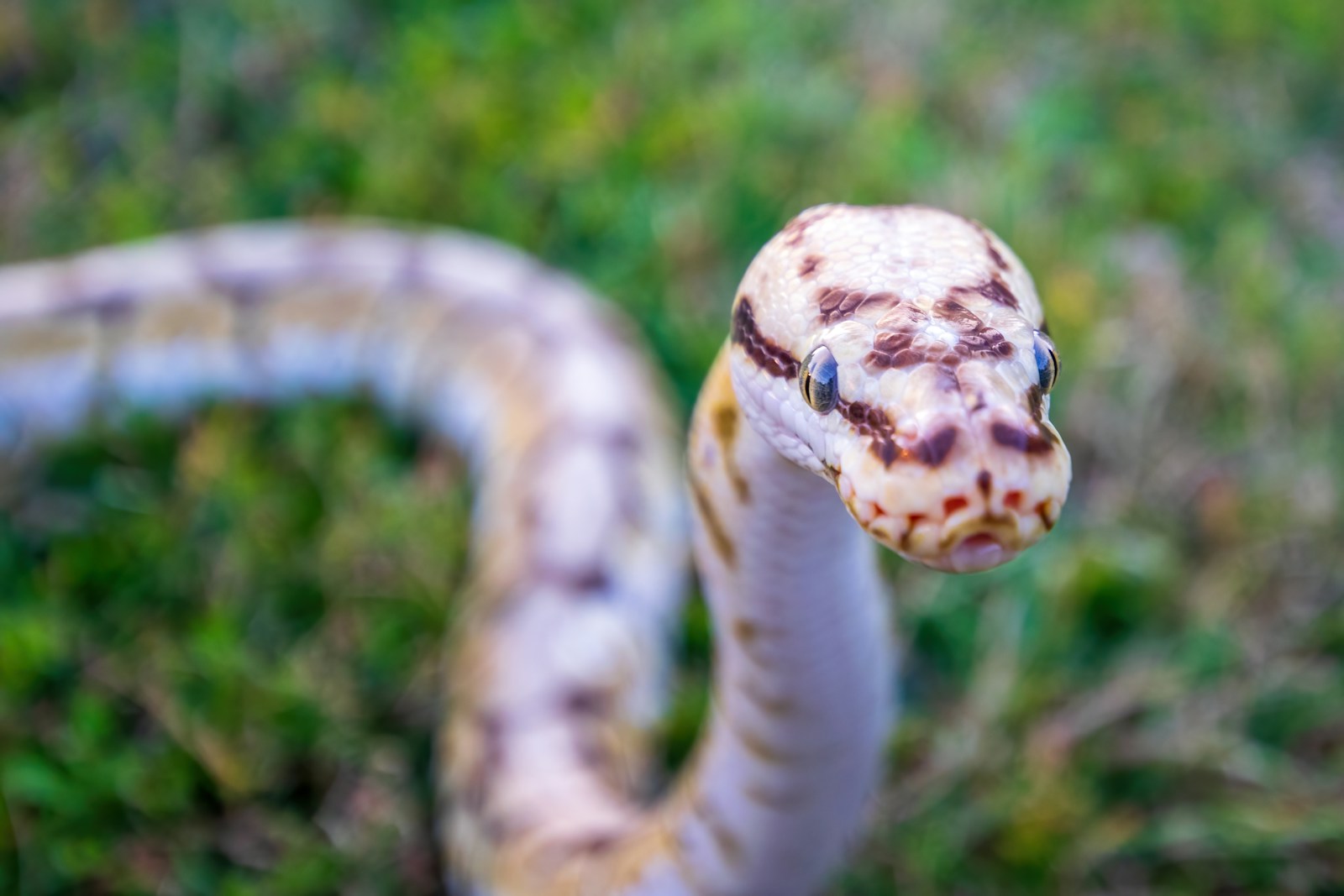
Even experienced keepers encounter challenges maintaining ideal humidity for tropical snake species. When humidity consistently reads too low despite regular misting, consider deeper substrate layers, covering more ventilation area, or adding a larger water feature to increase ambient moisture. For enclosures that retain too much humidity, creating additional ventilation points or switching to a less moisture-retentive substrate can help achieve balance. If humidity fluctuates dramatically throughout the day, this often indicates an enclosure that’s too small or lacks proper thermal gradients, as smaller air volumes change conditions rapidly. For persistent humidity issues in glass terrariums, consider transitioning to PVC enclosures which typically offer superior humidity retention while still allowing appropriate ventilation. Remember that achieving perfect humidity often requires ongoing adjustments rather than a single fixed solution.
Using Technology for Advanced Humidity Control
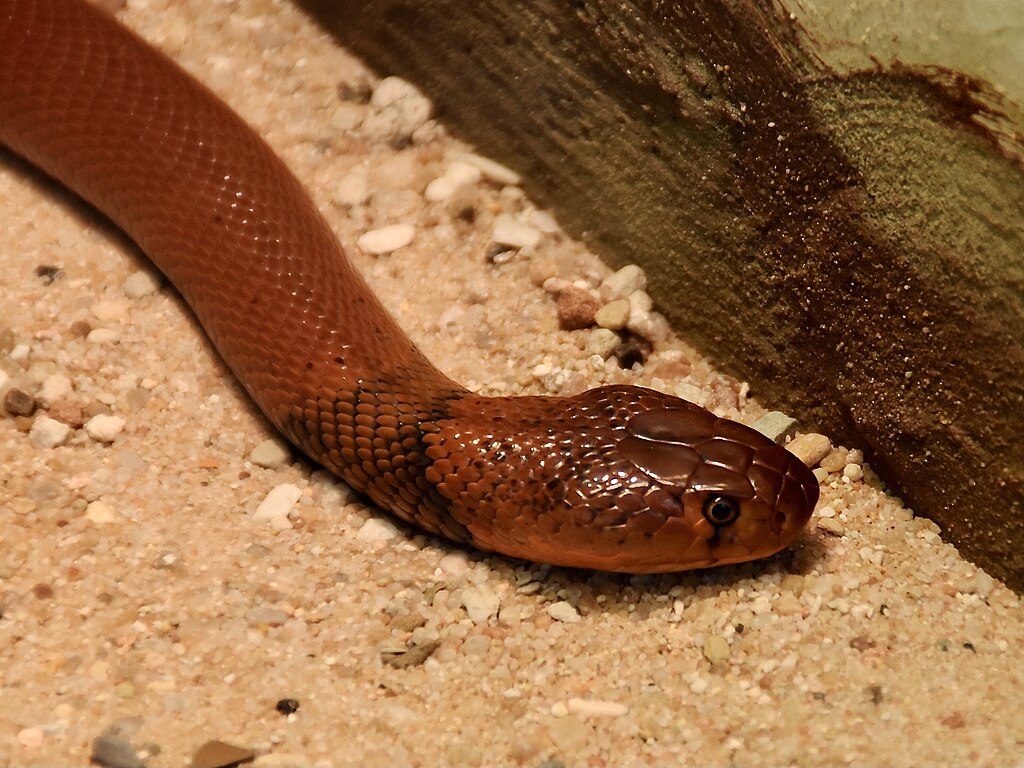
Advanced technological solutions can provide precise humidity management for dedicated reptile keepers. Programmable humidity controllers work by monitoring levels via sensors and automatically activating misting systems or humidifiers when readings fall below set parameters. These systems can be particularly valuable for species with strict humidity requirements or for keepers with variable schedules who cannot manually mist at consistent times. Smart controllers that connect to home wifi networks allow remote monitoring and adjustment via smartphone apps, providing peace of mind for travelers. For the most sophisticated setups, comprehensive environmental controllers that manage both temperature and humidity through multiple connected devices offer the highest level of precision. While these technologies represent significant investments, they can dramatically improve consistency in environmental parameters and reduce the daily maintenance burden for multiple enclosures.
Monitoring Shedding as a Humidity Indicator
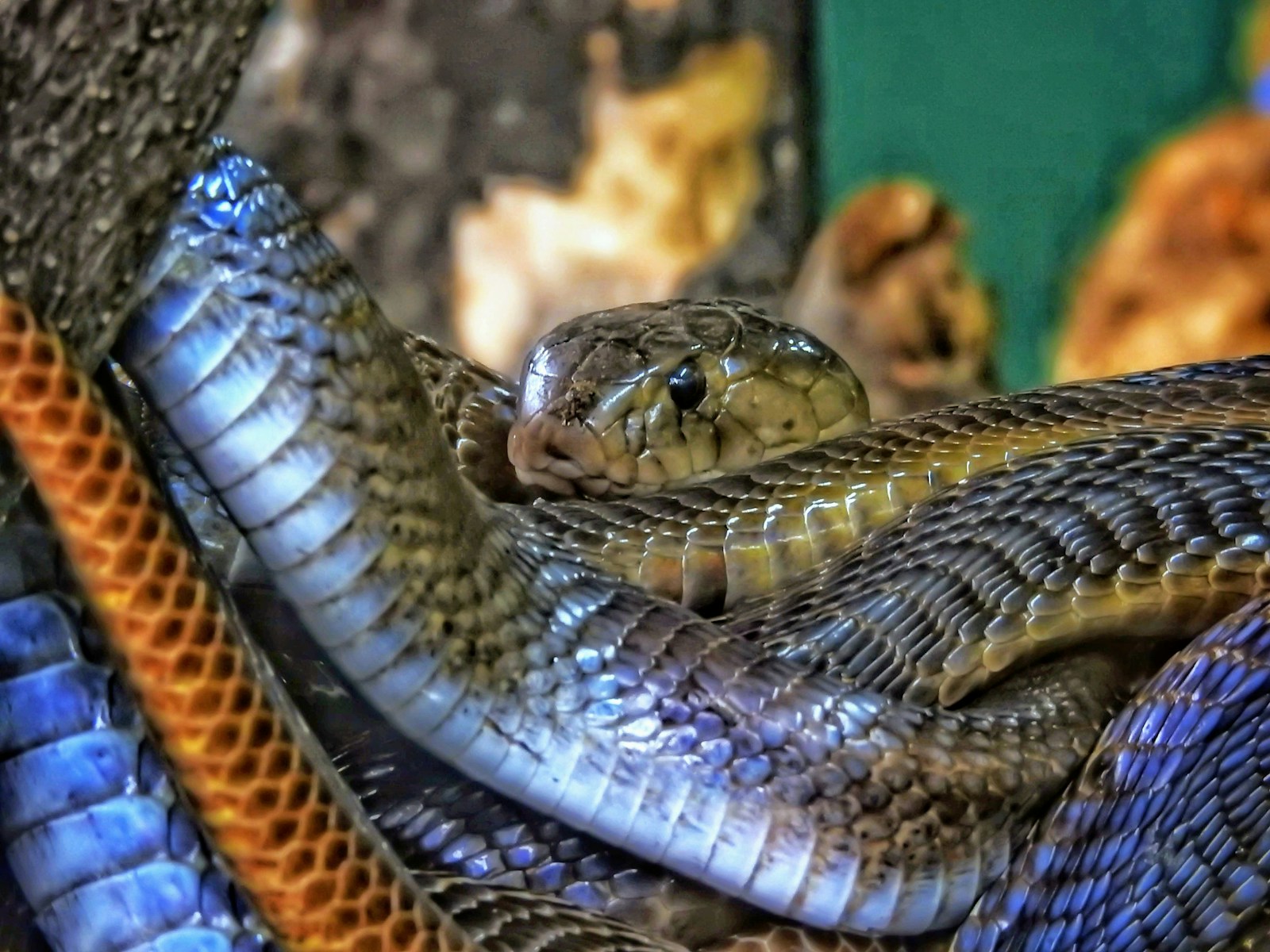
Your snake’s shedding process serves as a natural indicator of humidity effectiveness, with incomplete or difficult sheds often being the first sign of inadequate moisture levels. A perfect shed should come off in one complete piece, including eye caps and tail tip, indicating appropriate humidity during the shedding cycle. When a snake enters the pre-shed phase, recognizable by dulling colors and milky blue eyes, it’s crucial to maintain or slightly increase humidity levels to facilitate the process. Maintaining a dedicated “humid hide” filled with damp sphagnum moss provides a microenvironment with elevated humidity that snakes can access when preparing to shed. If your snake consistently experiences difficult sheds despite your humidity monitoring showing appropriate levels, consider whether your hygrometer might be inaccurate or poorly placed, and verify readings with a second device.
Species-Specific Humidity Requirements
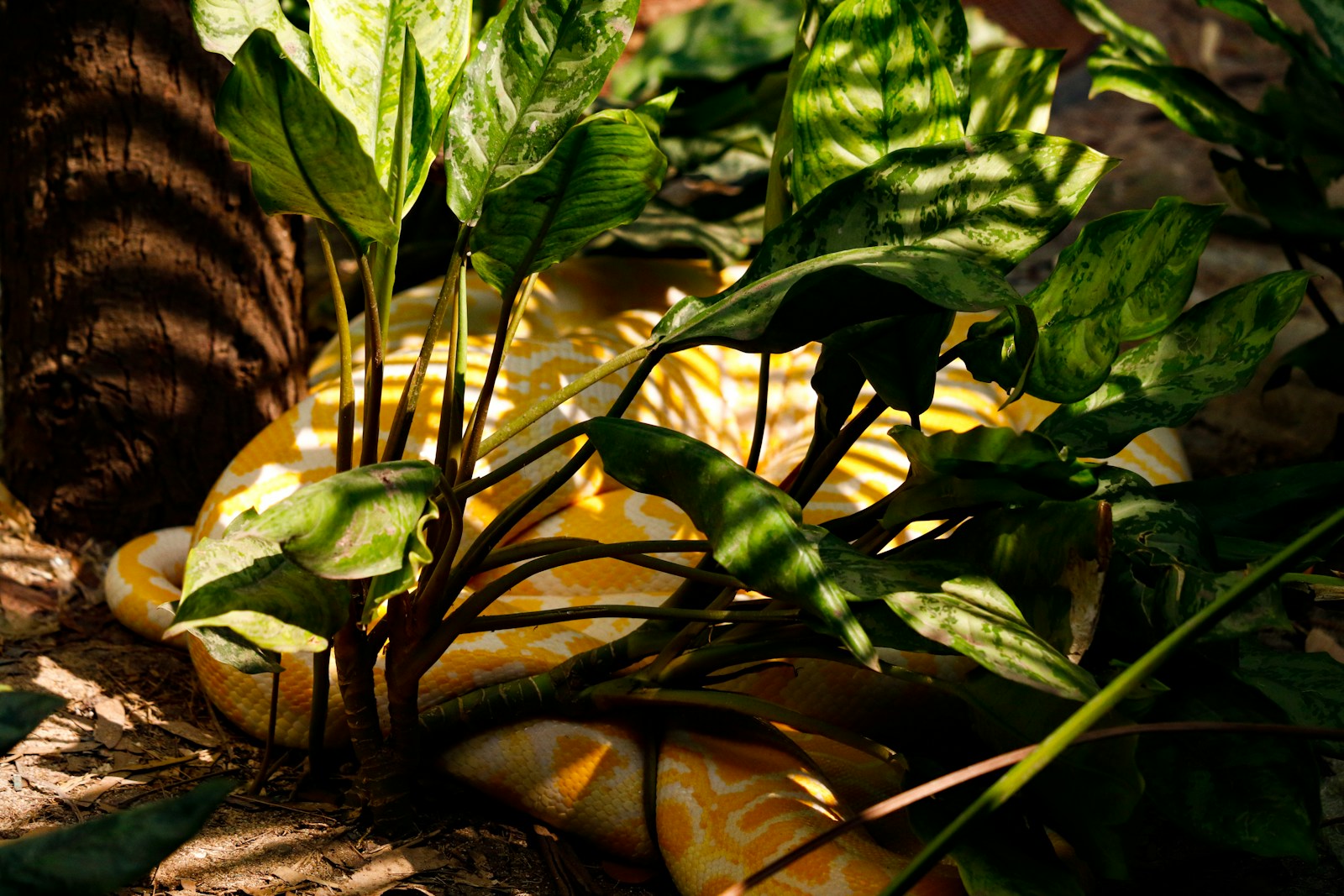
Different tropical snake species have evolved in varied microhabitats, resulting in specific humidity needs that responsible keepers must understand. Ball Pythons, despite often being labeled as tropical, typically require moderate humidity of 60-70% with temporary increases during shedding. Brazilian Rainbow Boas demand significantly higher humidity, typically 80-90%, reflecting their native habitat in humid South American rainforests. Emerald Tree Boas require similar high humidity but with excellent ventilation to prevent stagnant air conditions. Green Tree Pythons from mountainous regions may need humidity that fluctuates between 50-70% to mimic their natural environment where conditions vary with elevation and time of day. When acquiring any tropical snake species, thoroughly research its specific native microhabitat rather than relying on generalized “tropical” humidity recommendations, as this specificity can make a significant difference in your snake’s long-term health.
Conclusion
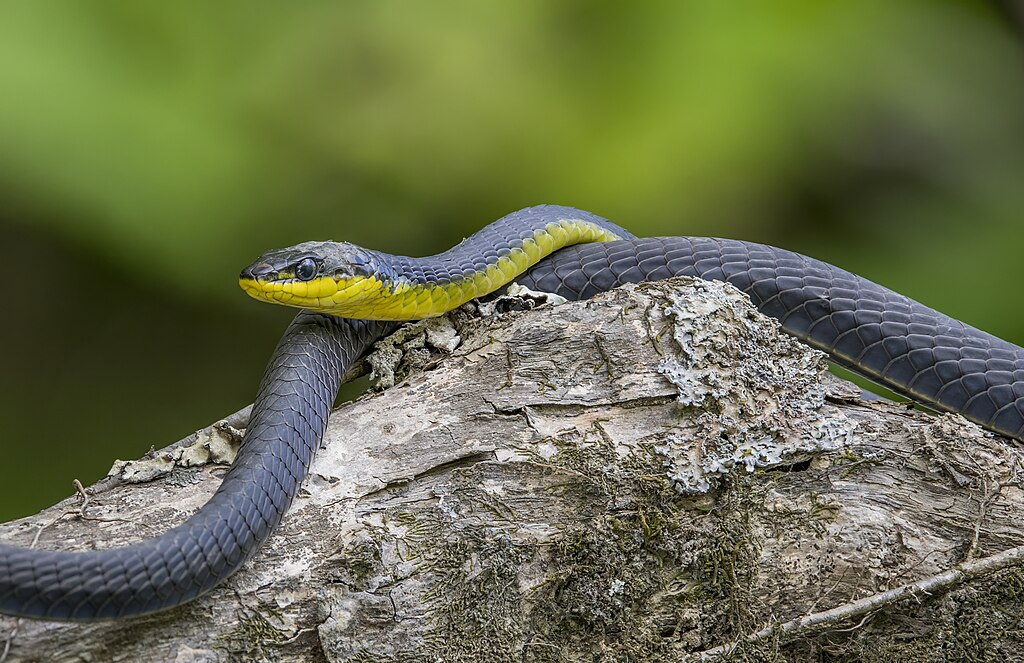
Maintaining appropriate humidity levels for tropical snake species represents one of the most crucial aspects of successful husbandry. Through diligent monitoring, proper equipment selection, and consistent adjustments based on your snake’s behavior and shedding quality, you can create an environment that supports optimal health. Remember that humidity management is not a set-and-forget proposition but rather an ongoing process requiring regular attention and occasional refinement. By understanding the specific needs of your snake species and implementing the strategies outlined in this guide, you provide the foundation for a thriving captive environment that allows your tropical snake to display natural behaviors and reach its full potential lifespan. Your efforts in humidity management directly translate to your snake’s quality of life, making this aspect of care well worth the investment in time and appropriate equipment.

